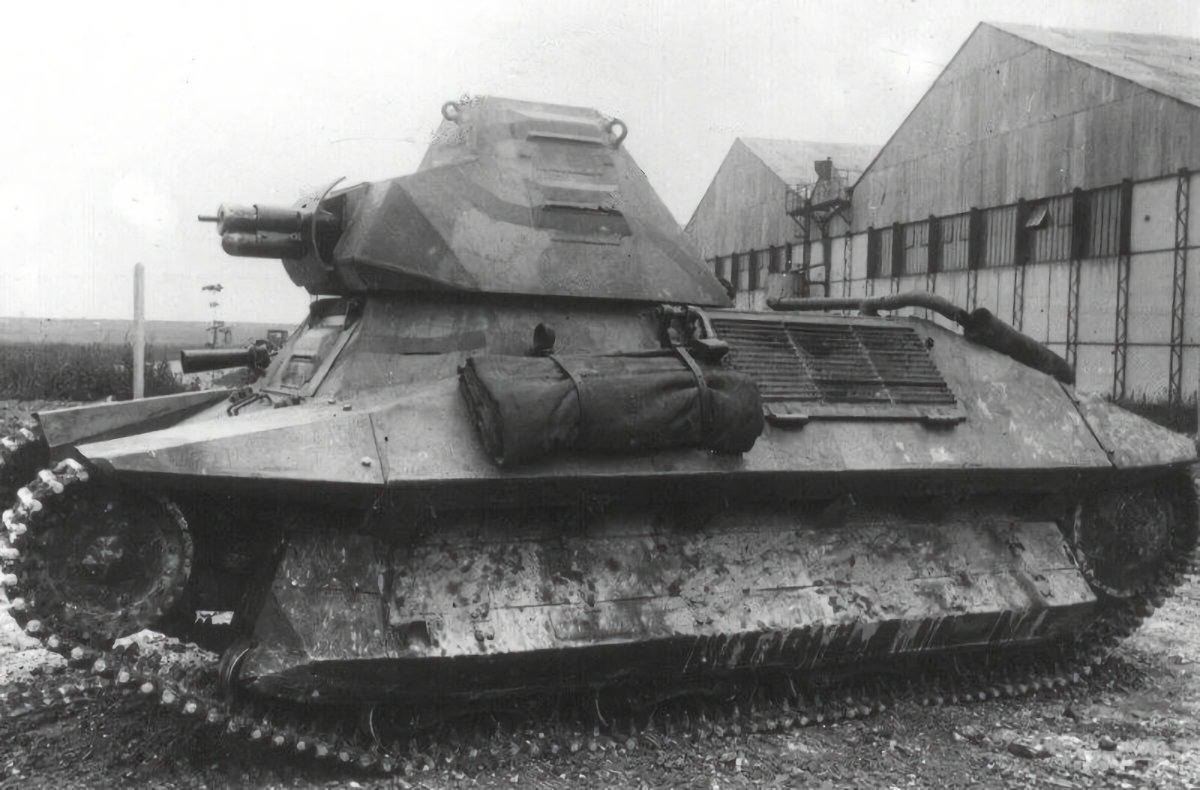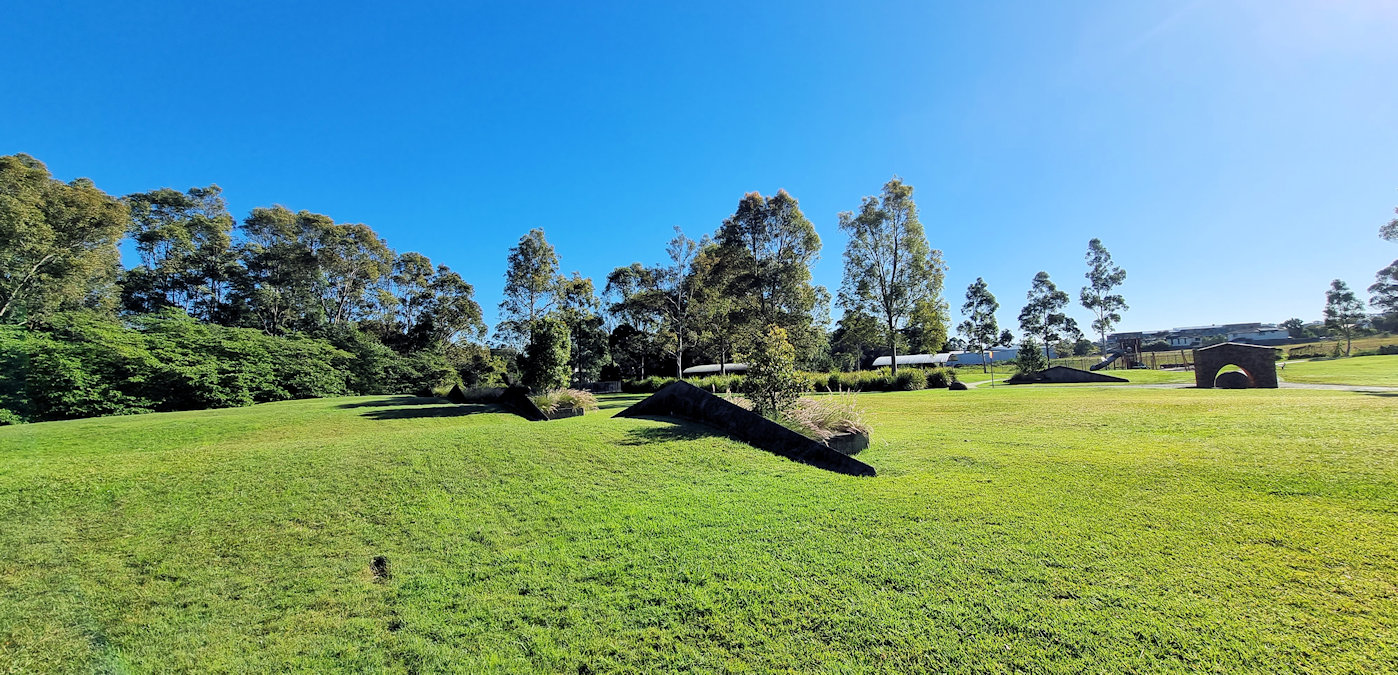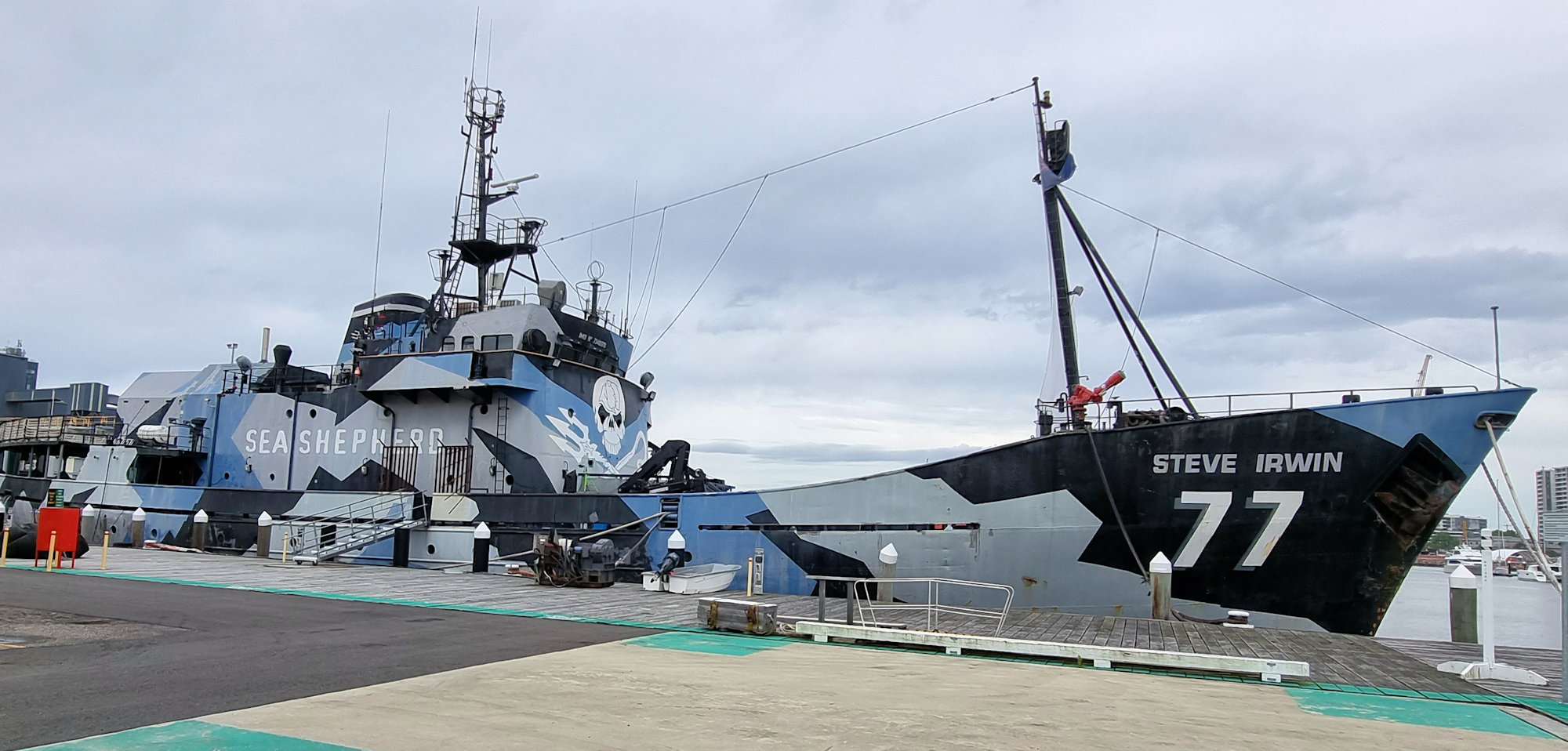Tag: History
-
French Tank FCM 36

French Tank FCM 36 The FCM 36 was a light infantry tank that was designed for the French Army prior to World War II. It had a crew of two and was equipped with a short 37 mm main armament and a 7.5 mm coaxial machine gun. At the outbreak of the Invasion of France,… Read more
-
Wallsend Brickworks Park

Wallsend Brickworks Park Wallsend Brickworks Park is a public park in Wallsend, Newcastle Australia, located at the site of a historic brickmaking operation which ran from 1891 to 1977. Featuring a playground, picnic shelters, barbecues, a pond with birdlife, and remnants of the brickworks’ machinery, it’s a great family destination. The park is also part… Read more
-
Sea Shepherd’s MV Steve Irwin

Sea Shepherd’s MV Steve Irwin Although now retired from from its confrontations with Japanese whaling fleets, the MV Steve Irwin still looks impressive with its camouflage and skull painted deck house. Docked at Thales Marine in Newcastle, New South Wales, the ship is now owned by the non-profit organisation Ship4Good. Tours are a great way… Read more